What Is the Oil and Gas Construction Workforce: Key Characteristics and Workforce Planning
The oil and gas construction workforce is known for its technical depth, diverse expertise, and adaptability. These workers often operate under physically taxing conditions, such as extreme climates, long rotations away from home, and tight safety protocols. They include welders, riggers, pipefitters, engineers, safety officers, and field managers; each playing a critical role in high-stakes environments where every delay or error can be costly.
Unlike other sectors, workforce planning for oilfield projects must account for remote site logistics, variable project scopes, and sudden shutdowns due to environmental or geopolitical risks. Planners must ensure that workers with the right certifications, safety training, and skills are deployed precisely when and where they are needed.
For a closer look at strategic workforce planning, visit : construction workforce management
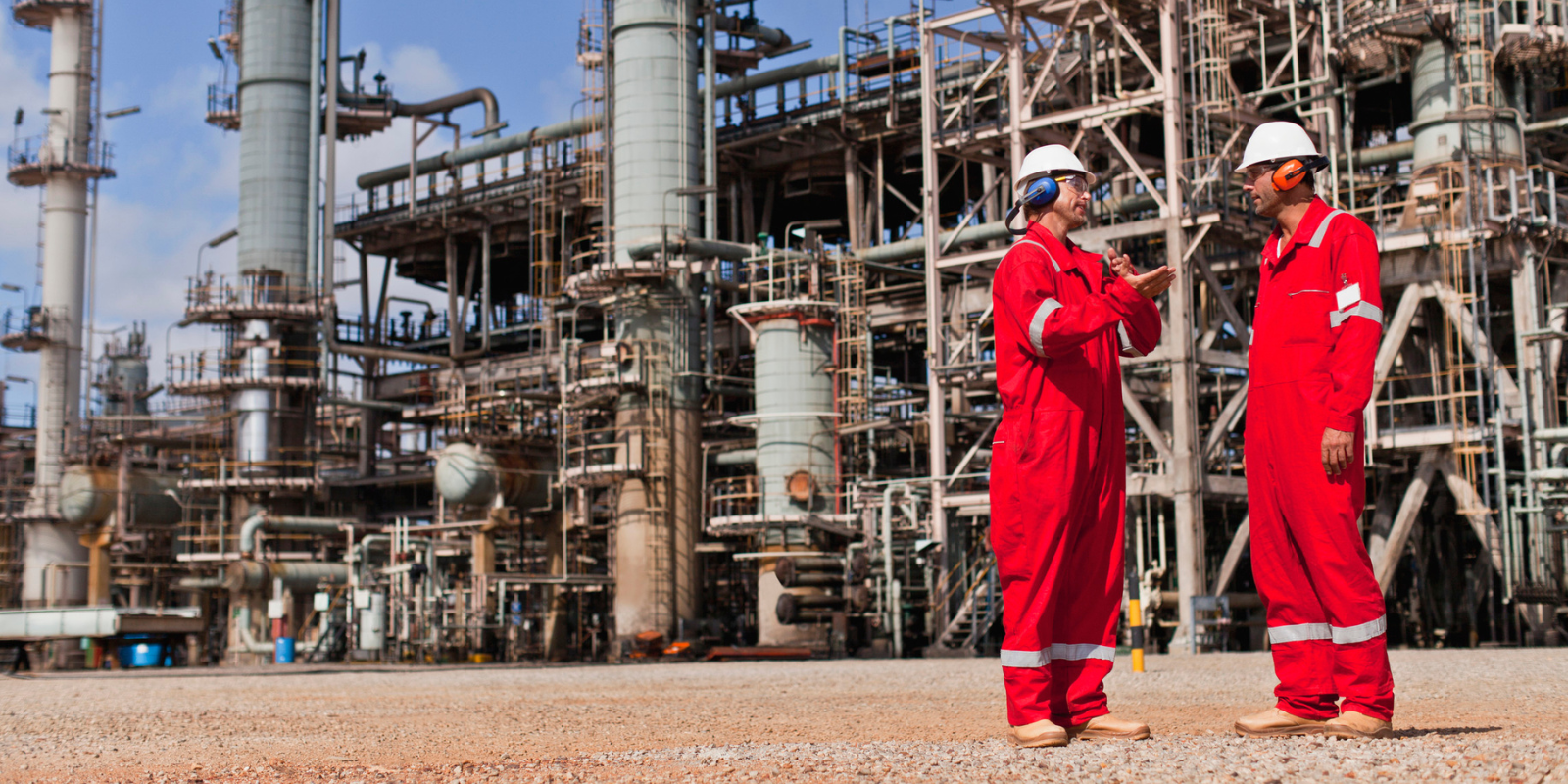
What Are The Major Labor Challenges in Workforce Management for Oil and Gas Construction and Operations
1. Skilled Labor Shortage
The skilled labor shortage in oil and gas is intensifying. Aging workers are retiring, while younger generations are less attracted to field-based roles in remote or hazardous environments. At the same time, the increasing complexity of oilfield projects demands deeper technical skills, further tightening the labor market.
2. Managing a Remote Workforce
Operating across remote and distributed sites, from offshore platforms to shale basins, presents one of the biggest challenges. Supervisors must coordinate scheduling, equipment, and safety compliance across teams that may be hundreds of miles apart. Without proper communication and tracking tools, inefficiencies and safety risks increase.
3. Safety and Compliance Risks
Strict regulations govern labor conditions in the oil and gas sector. Ensuring that every worker meets compliance standards, holds current certifications, and follows safety protocols is essential, not only to avoid costly fines but to protect lives.
4. High Turnover and Retention Issues
High turnover rates remain an issue, especially in volatile regions or boom-bust cycles tied to oil prices. This creates instability and additional costs tied to recruitment, onboarding, and re-training.
For a deeper dive into workforce health and safety, see Worker Fatigue in Construction.
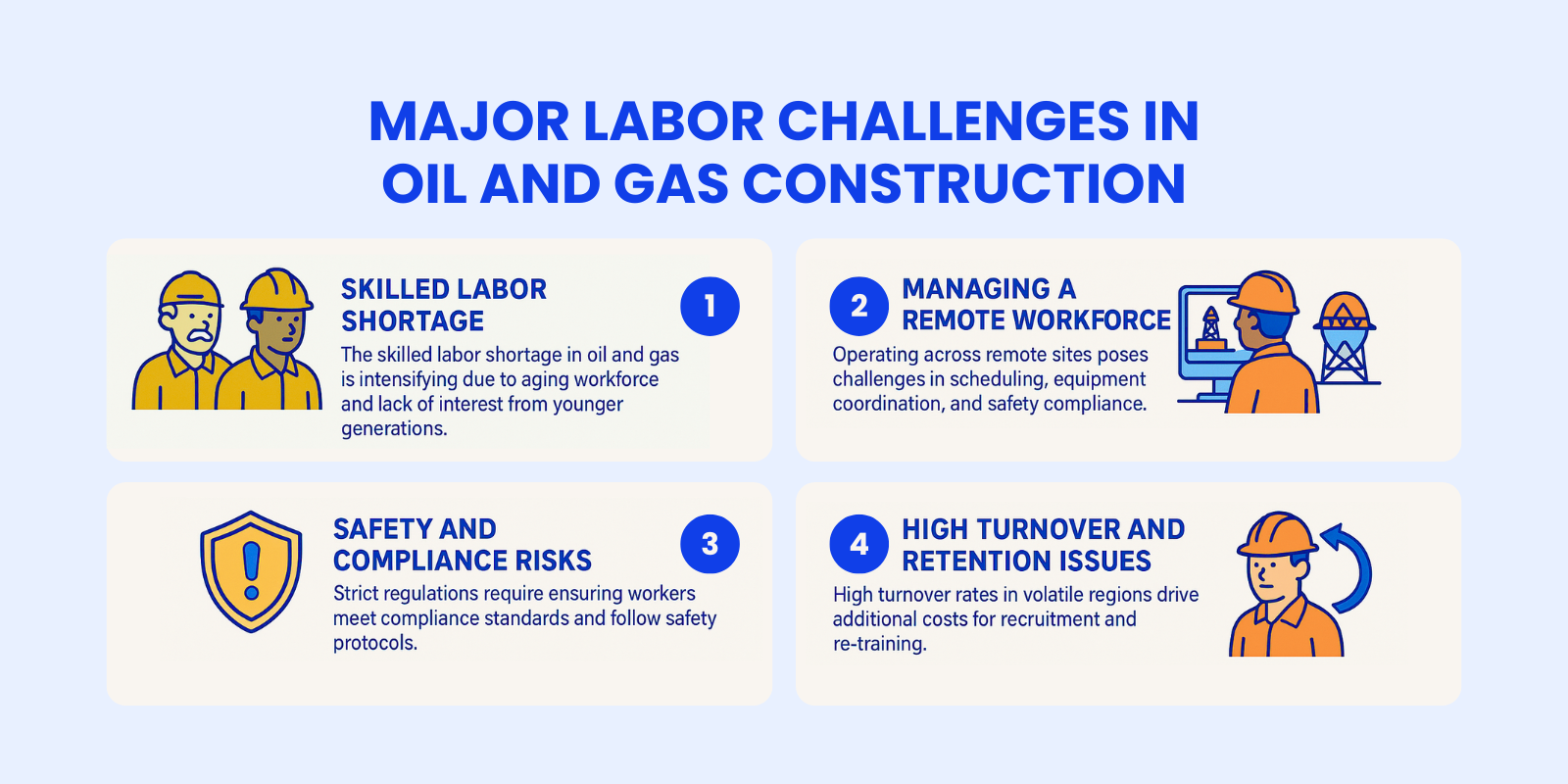
What Are The Opportunities for Workforce Management Improvement in Oil and Gas Projects?
While challenges are significant, technology offers practical solutions to modernize and optimize workforce management in oil and gas.
1. Real-Time Tracking and Communication
Wearables, IoT sensors, and connected mobile devices allow supervisors to track worker locations, task progress, and safety status in real time. These tools are especially valuable for managing teams across large and remote job sites.
2. Data-Driven Labor Optimization
Analytics platforms can monitor trends in workforce productivity, absenteeism, certification expirations, and more. This allows for predictive scheduling, faster decision-making, and fewer delays due to labor inefficiencies.
3. Enhanced Safety and Compliance Automation
Automated systems can flag when a worker’s safety training is due for renewal, detect unsafe behaviors using sensor data, and provide audit trails to prove compliance with local and international labor regulations.
Explore more about essential features in workforce tech in Construction Workforce Management Features
Best Practices for Effective Workforce Planning in Oilfield Construction Projects
Strategic workforce planning is the foundation for any successful oil and gas construction project. These best practices help ensure both safety and performance.
1. Forecast Labor Needs Proactively
Using historical data and predictive models, planners can estimate labor demands across phases of the project, allowing for timely recruitment and deployment of skilled workers.
2. Invest in Upskilling and Certifications
By investing in training and upskilling initiatives, companies can close the skills gap internally, reduce reliance on hard-to-find external labor, and improve worker retention.
3. Enable Seamless Collaboration
Integrated platforms that connect project managers, field supervisors, and workers in real time help streamline communication, avoid duplication, and ensure teams stay aligned across remote locations.
4. Build a Resilient Workforce
Establish flexible labor pools, offer cross-training, and build redundancy into critical roles to avoid disruptions during emergencies, delays, or staff turnover.
For more best practices, revisit Workforce Management Solutions for Large-Scale Construction Projects.
How Kwant.ai Enhances Workforce Management for the Oil and Gas Industry
Kwant.ai is a smart workforce management platform built for the complexities of construction industries, including oil and gas. It enables real-time visibility across job sites, automates compliance and certification tracking, and helps project leaders make data-backed decisions.
Through location-aware wearables, sensor-based alerts, and mobile dashboards, Kwant.ai simplifies remote workforce management, improves field safety, and ensures labor resources are aligned with project goals.
To learn more about Kwant.ai’s solutions, visit Best Workforce Management for the Oil and Gas Industry
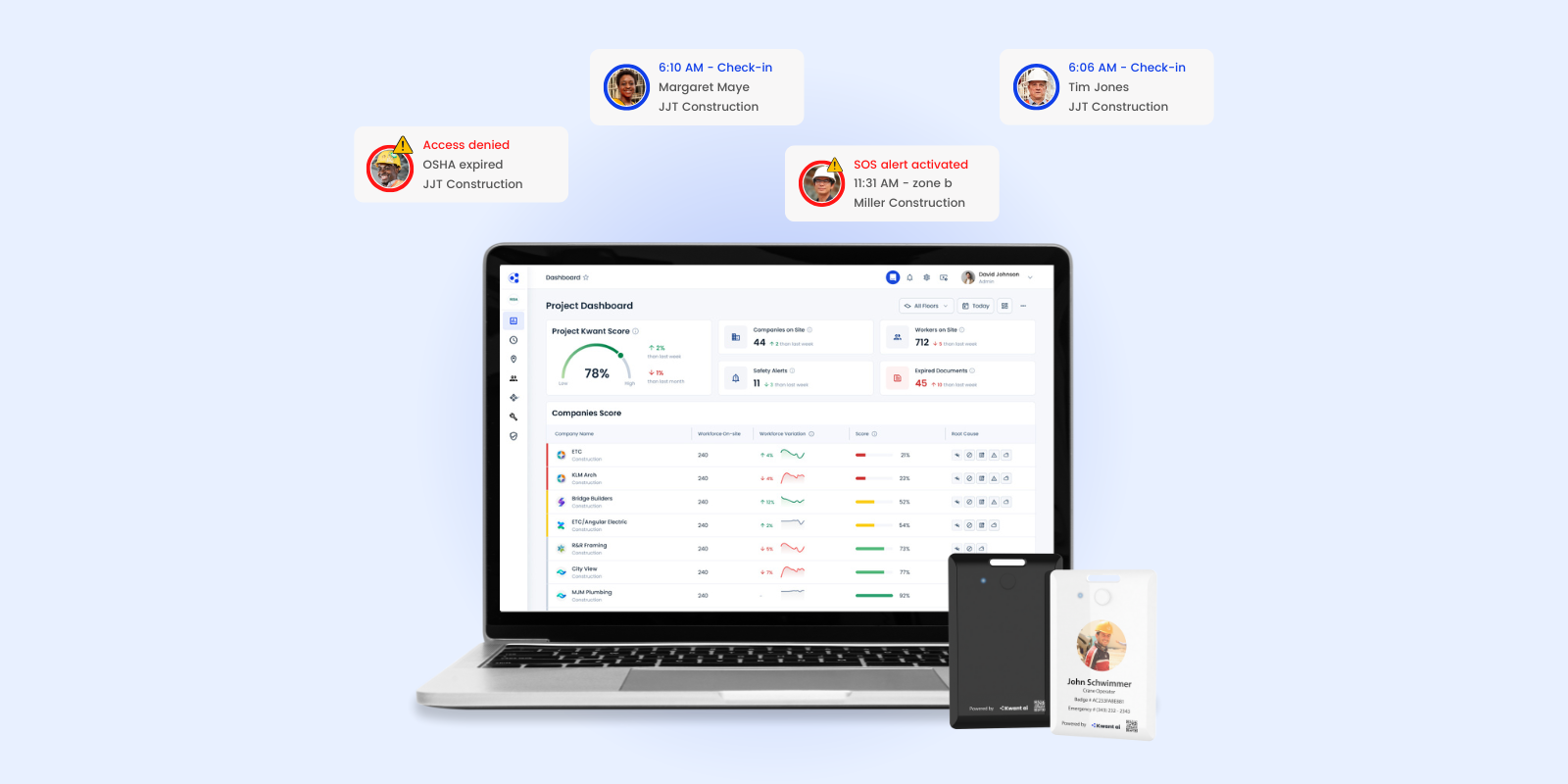
Future Outlook for Workforce Management in Oil and Gas Construction
Workforce management in oil and gas is entering a new era where success depends on agility, innovation, and digital integration. While labor shortages, safety regulations, and operational complexity will continue to challenge the industry, companies that embrace data, automation, and connected technologies will gain a competitive edge.
Looking ahead, workforce resilience will be key, not just in staffing the right roles, but in building teams that can adapt, scale, and perform under pressure. Technology will play a vital role in achieving that.
Ready to transform your workforce management for Oil and Gas Construction?
Then, Contact Kwant today to discover how our smart workforce solutions can help your oil and gas projects run safer and more efficiently.
.svg)

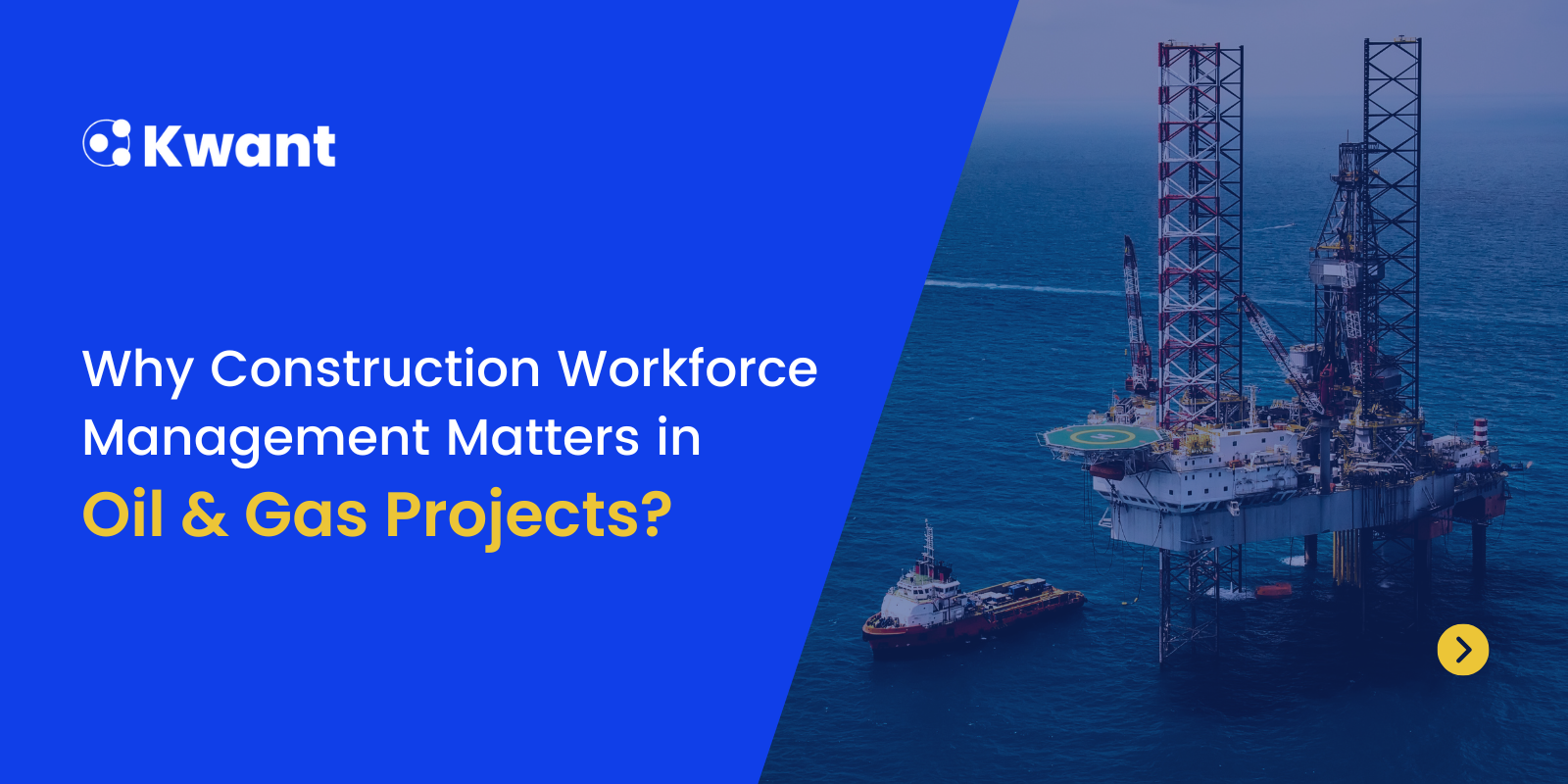





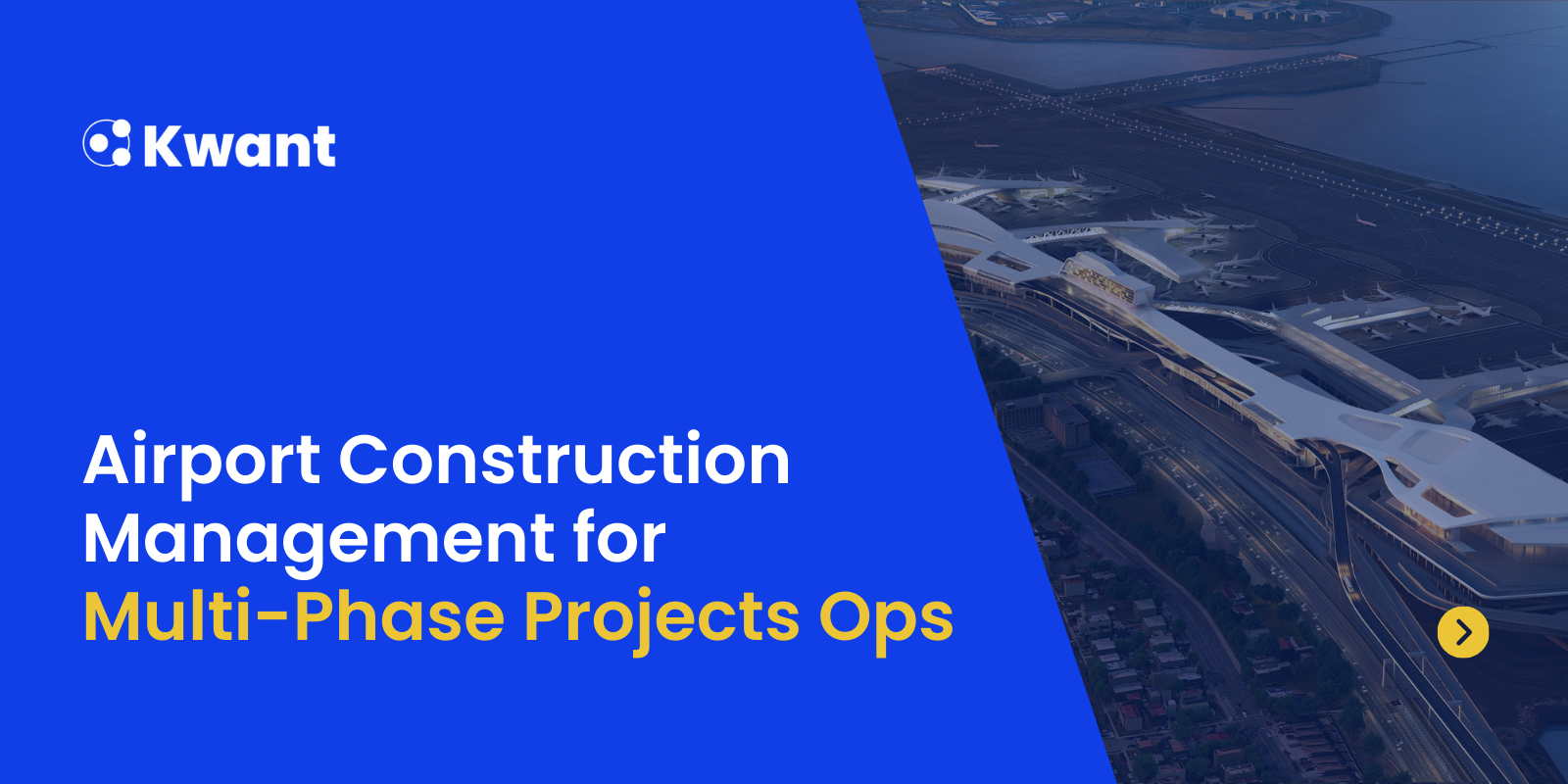
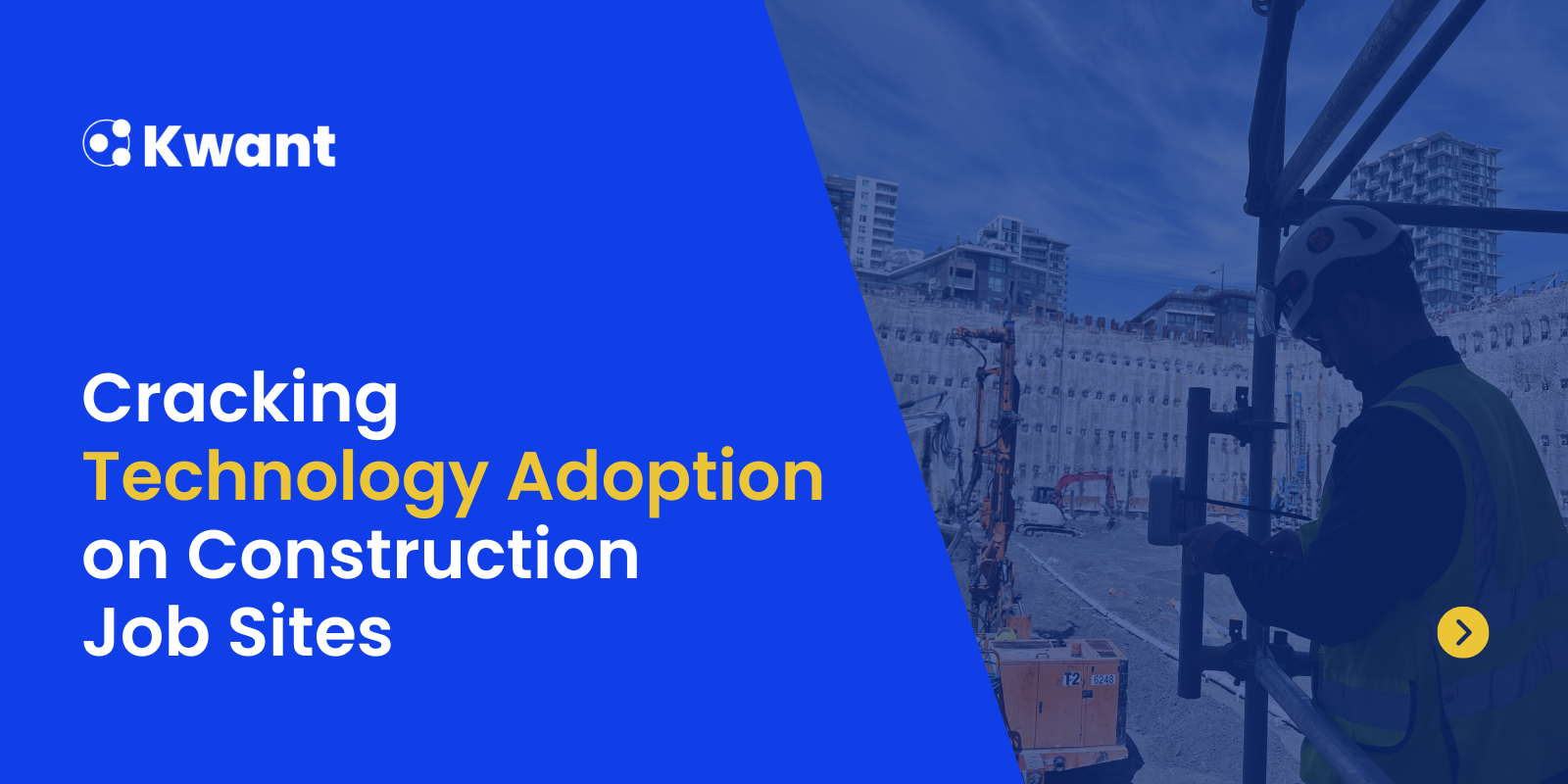

%20(1).svg)














